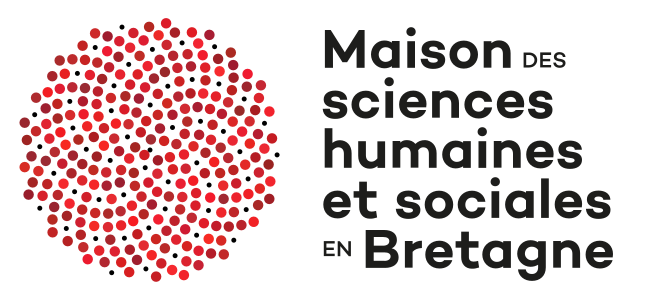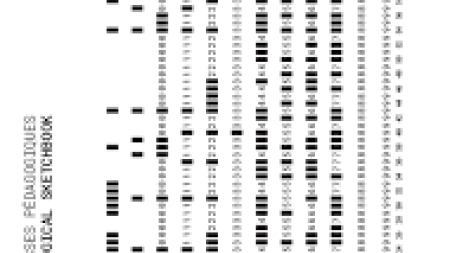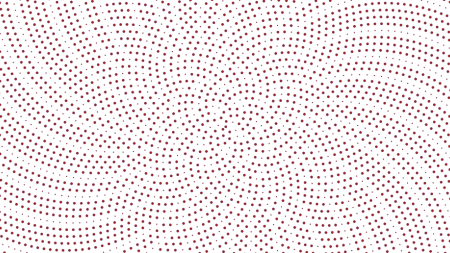Résumé
Regroupant des chercheurs et étudiants en arts, en sociologie, en psychologie, en informatique, en apprentissages et didactique, le projet DKEP s’inscrit dans une logique de patrimonialisation et de transmission des savoirs prenant appui sur les technologies numériques.
Le projet DKEP vise, plus précisément, à la remédiation numérique des Esquisses Pédagogiques, ouvrage majeur de Paul Klee publié en 1925. L’artiste y présente sa conception de l’art et de la nature à partir d’éléments et de relations plastiques élémentaires qu'il articule à une série d’exercices de création destinés aux étudiants du Bauhaus. Paul Klee fait appel aux capacités kinesthésiques et proprioceptives du corps en mouvement.
Ce projet vise à transmettre l'actualité de l'enseignement graphique de l’artiste, remédiatisé dans l'environnement numérique. Le projet de recherche vise à transcoder les exercices graphiques en fonction des filiations possibles avec l’histoire du graphisme génératif et du design d’interaction. Les dispositifs interactifs et les interfaces font l'objet d'études auprès d'utilisateurs pour expliciter comment opère l’apprentissage du graphisme sur le plan psychosensoriel. Le dispositif éditorial associant le tangible et le digital fait également l'objet d'une évaluation.
La recherche devra aboutir à la conception d’une édition numérique accompagnée d’un appareil théorique et critique ad hoc regroupant l'ensemble des analyses et expérimentations.
Bringing together researchers and students in the arts, sociology, psychology and computer science, learning ans didactics, the DKEP project is part of a logic of heritage and transmission of knowledge based on digital technologies.
The DKEP project aims more specifically at the digital remediation of the Pedagogical Sketches, a major work by Paul Klee published in 1925. The artist presents his conception of art and nature on the basis of elements and elementary plastic relations Which he articulates in a series of creative exercises intended for students of the Bauhaus. Paul Klee appeals to the kinesthetic and proprioceptive abilities of the moving body.
This project aims to convey the current status of the artist's graphic teaching, remedied in the digital environment. The research project aims at transcoding the graphic exercises according to the possible filiations with the generative graphic space and the design of interaction.
Interactive devices and interfaces are the subject of studies with users to explain how psychosensory learning of graphic design works. The editorial system associating the tangible and the digital is also the subject of an evaluation.
The research will have to lead to the design of a digital edition accompanied by an ad hoc theoretical and critical apparatus gathering all the analyzes and experiments.
|
André Scherb Arts plastiques et didactique des arts EA 3875 Cread |
Véronique Van Tilbeurgh Sociologie UMR 6590 ESO |
Gaëlle Le Bot Didactique et apprentissage EA 3875 Cread |
|
Eric Anquetil Informatique Intuidoc |
Mathieu Ben Informatique EA 7472 PTAC |
Jocelyn Cottencin Design graphique EA 7472 PTAC |
|
Alexandre Dupont Arts plastiques et humanités numériques EA 7472 PTAC |
Mathieu Simonnet Psychologie EA 2652 LEGO |
Régine Bonnefoit Histoire de l'art Institut d’histoire de l’art et de muséologie |
Pole
Arts et création


